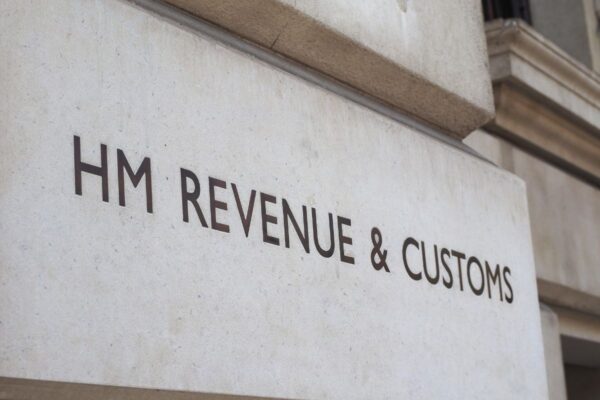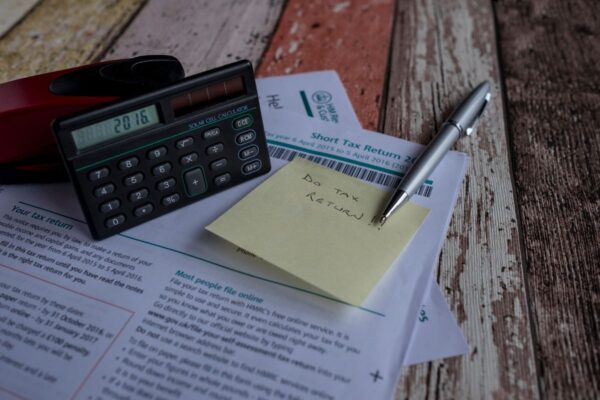Its a really odd date to pick and the answer lies in the mists of time
In 1582 when Pope Gregory XIII ordered a change of calendar from the Julian (named after Julius Caesar), which had been in use since 42 BC, the Julian calendar, which consisted of 11 months of 30 or 31 days and a 28-day February (extended to 29 days every fourth year), was quite accurate. After centuries, though, even a small inaccuracy made a difference and by the 1500s it had put the Julian calendar behind the solar calendar by 10 days. Here in the UK we did not make the change in 1582 and by 1752 the difference had increased to 11 days and so we changed to the Gregorian calendar in that year.
Our tax year started on 25th March, the old New Year’s Day. In order to ensure no loss of tax revenue, the Treasury decided that the taxation year which started on 25th March 1752 would be of the usual length (365 days) and therefore it would end on 4th April, the following tax year beginning on 5th April. The next difficulty was that 1800 was not a leap year in the new Gregorian calendar but would have been in the old Julian system. Therefore the Treasury moved the year start again from 5th to 6th of April, and this date has remained unchanged ever since.




